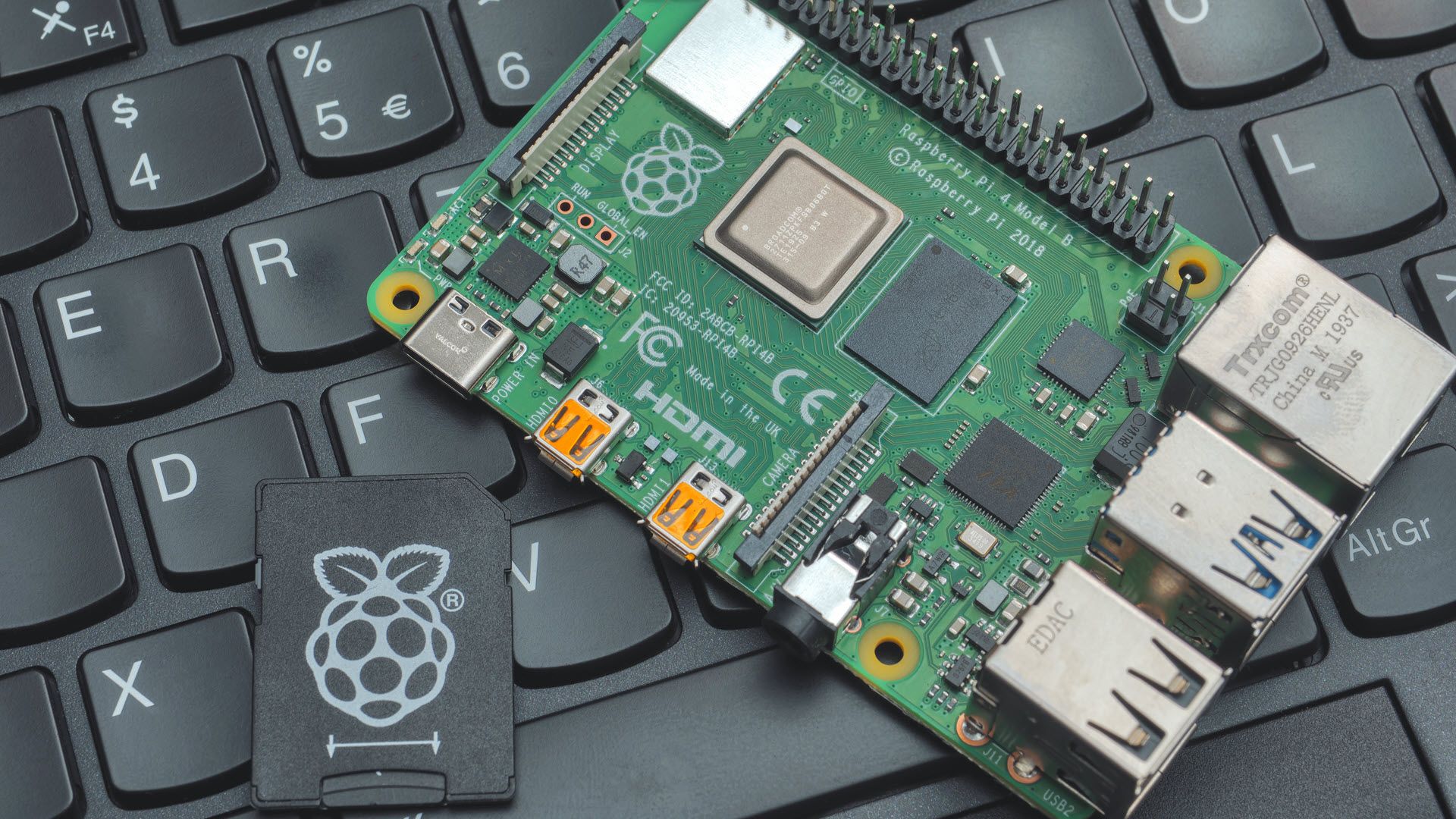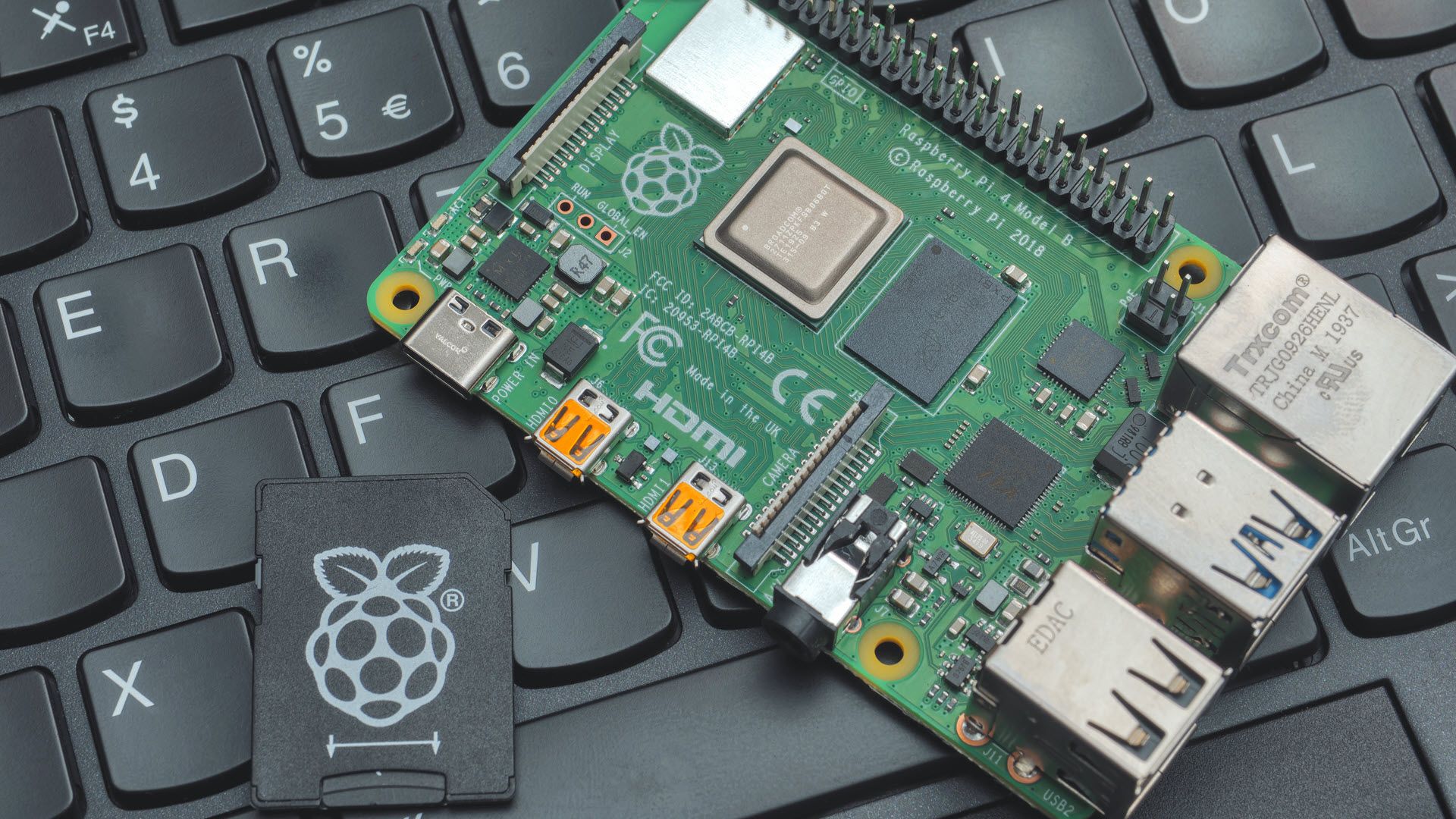#The Best Raspberry Pi 4 Alternatives – Review Geek

Table of Contents
“The Best Raspberry Pi 4 Alternatives – Review Geek”

The Raspberry Pi 4 is a wonderful device. It’s the latest and greatest from a series of computers that have gotten millions into coding, and it forms the basis for a multitude of DIY electronics projects. The catch is, they’re impossible to get hold of, at least not at MSRP.
A semiconductor shortage combined with a surge in popularity has led to a significant supply shortage of Pi 4s. Manufacturers say the device won’t be back in stock until April next year, and in the meantime, the few that are around tend to be priced at a premium — up to 400% more than its intended retail price.
But alternatives are available. Some may be slightly expensive, and others may not have the power a Pi 4 has, but they are all in stock and ready to go straight into your next project. Let’s have a look at what your options are while Pi is off the menu.
The Tinker Board S R2.0

If you opt for a Tinker Board S R2.0, you’ll get a 1.8 GB quad-core CPU, 2GB of LPDDR3 RAM, and 16GB of internal storage. The Tinker Board should have enough power to take on your more ambitious “Pi” projects, like home entertainment systems or smart home controllers.
The Tinkerboard’s processor is more powerful than the one you’ll find in the Pi 4 B, so you may be able to get even more ambitious with your builds. However, when they’re available, you can get Pi 4s with up to 8 GB of RAM, which is more than the 2 GB that the Tinkerboard offers. Then there is the price. You can pick up a Tinkerboard S R2.0 on Amazon for $149.99 — which is more than some of the inflated Pi 4s are currently selling for. In short, this is a good option if you need more processing power or you can’t find a Pi 4, even at a premium. Other boards on this list have also opted for 2GB of RAM, but their price tags are much more palatable.
The ODROID XU4Q

The Linux-powered ODROID XU4Q benefits from “Samsung Exynos5422 Cortex-A15 2Ghz and Cortex-A7 Octa core CPUs” along with 2GB of DDR3 RAM. On paper, this potentially makes the UX4Q the most powerful micro-computer on this list. It also comes with a very large heatsink attached, presumably to soak up some of the heat from its relatively powerful processor. With regards to ports, ODROID has managed to cram two USB 3.0, one USB 2.0, a Gigabit Ethernet, and an HDMI port onto the tiny board.
In terms of price, at just over $100, the ODROID XU4Q is in the middle ground. This is cheaper than the current prices the few Pis available are going for but notably more expensive than some other options and the Pi’s MSRP. Despite the price and the processing power, from the information available, I doubt the XU4Q could run 4K video, even if it had a port for it, which does limit its applications slightly.
ODROID XU4Q
Middle of the road in terms of price. Comes with a powerful processor but some limitations.
Libre Computer Board AML-S905X-CC

With a 1.5GHz quad-core processor, a 4K Ultra HD ARM Mali-450 750MHz GPU, and 2 GB of DDR3 RAM, the Libre Computer Board AML-S905X-CC (or “Le Potato”) is roughly on par with a Pi 4 and superior to a Pi 3. The company claims their potato is around 50% faster than the Pi 4’s predecessor. But the best things about the Libre Computer Board are the fact it is in stock and its price. The board is compatible with Android, Linux, and more than likely any other open-source software you can get your hands on.
For me, Libre’s little potato is the pick of this list and what I would go for to get me through the Pi shortage. At $55, it isn’t a million miles away from what you would pay for a similarly priced Pi 4 in happier times. It’s certainly a lot cheaper than some of the grossly inflated microcomputers flying around these days.
A Raspberry Pi Pico

The Raspberry Pi 4 packs a serious punch, but if you can’t get your hands on one, you need to ask yourself: “do I really need all of that power?” The Raspberry Pi Pico is in stock, dirt cheap, and can be used for a multitude of fun projects. You will be paying more than the MSRP for a pico, but a 75% premium on $4 is a lot easier to stomach than a 400% premium on $35.
A Pico probably isn’t enough to run your home entertainment system, replace your everyday computer, or power a smart mirror — but you can make a drone with one. The microcontroller can also be used to emulate older games. While the Pico certainly doesn’t have the power its bigger brothers have, it is ideal if you only want a Pi to scratch your creative itch.
You’ll still be assembling things, coding with the Pico’s version of Python, and working out little issues that arise. The only difference is the scope of the project you can take on and the savings you’ll make by not spending multiple times the MSRP for your Pi.
Raspberry Pi Pico
Available for under $10 and capable of providing you with a taste of what a Pi can offer.
If you liked the article, do not forget to share it with your friends. Follow us on Google News too, click on the star and choose us from your favorites.
For forums sites go to Forum.BuradaBiliyorum.Com
If you want to read more like this article, you can visit our Technology category.



